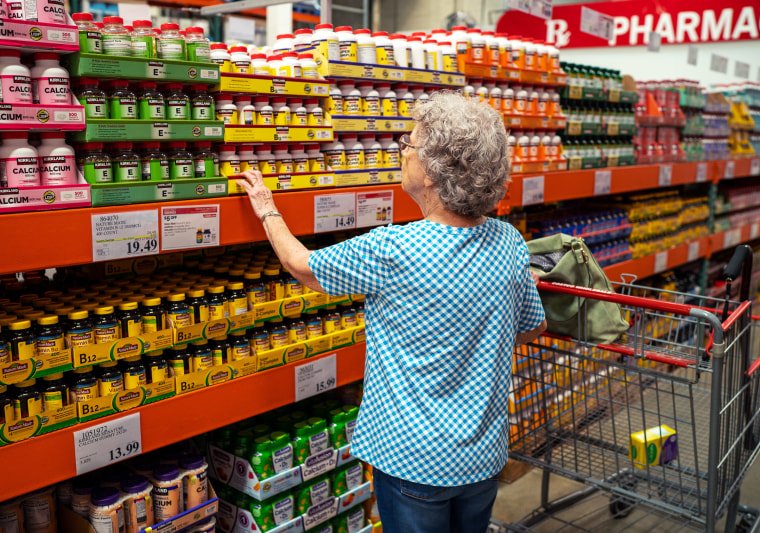Even as the Fed continues to fight inflation, Americans are becoming more optimistic about the economy.

In Short
- In 2023, customers are cautiously adjusting to the new normal as the pace of price increases slows down, marking a significant departure from the intense inflation of the previous two years. The 12-month inflation rate dropped to 3.1% in November 2022, down from a peak of 9% in the summer. While the moderation is a positive sign, it doesn’t necessarily translate to falling prices; rather, the rate of increase has decelerated. Notable reductions in the growth of food and energy prices contribute to this trend. Despite lingering dissatisfaction with high prices, consumer confidence rose in the last month of the year, reflecting optimism fueled by a robust job market. Economists interpret increased consumer debt as a sign of growing confidence, suggesting that as pricing pressures ease, customers are gaining a more positive outlook. Overall, the shift indicates a subtle but tangible improvement for customers navigating the evolving economic landscape.
Customers are still getting used to the new normal as price increase slows down.
It probably doesn’t feel like a significant improvement to many customers.
However, 2023 saw a notable drop in price increase following two years of very high inflation that drove up the price of necessities.
In November 2022, the 12-month rate of inflation was 3.1%, down from a peak of 9% in the summer of 2022. According to economists’ predictions, the rate would not have changed in December. The most recent data will be released by the Bureau of Labor Statistics on Thursday at 8:30 a.m.
“The good news is the rate of inflation has been steadily moderating and moving closer to the ultimate goal of 2%,” said Greg McBride, a vice president and the chief financial analyst at Bankrate. “The bad news is it doesn’t mean prices are actually falling — just that they’re not going up as fast.”
Two of the categories most affecting consumers — food at home and energy prices — have had more aggressive slowdowns in price growth than many other categories, McBride said. After it hit a high of 13.5% in August 2022, food price growth slowed to 1.7% in November.
And gas prices, which surged to nearly $5 a gallon on average in June 2022, are now about $3 a gallon.
Although those two categories saw a sharp price increase in 2021 as a result of Russia’s invasion of Ukraine, McBride indicated that this pattern is expected to continue, with their price growth slowing down due to a general decrease in economic growth. This week, the World Bank revealed its prediction for the global gross domestic product, which was 2.6% in 2023, 3.0% in 2022, and 6.2% in 2021, to only 2.4% this year.
Although those two categories saw a sharp price increase in 2021 as a result of Russia’s invasion of Ukraine, McBride indicated that this pattern is expected to continue, with their price growth slowing down due to a general decrease in economic growth. This week, the World Bank revealed its prediction for the global gross domestic product, which was 2.6% in 2023, 3.0% in 2022, and 6.2% in 2021, to only 2.4% this year.
Customers are therefore still getting used to the new normal even when price rise slows down.
Customers are therefore still getting used to the new normal even when price rise slows down.
“The general state of consumer sentiment remains low,” stated Matt Bush, the U.S. economist at Guggenheim Partners. “Although the rate of inflation is decreasing, the overall amount is still very high, and consumers are still dissatisfied with the current state of prices.”
In the last month of the previous year, consumer confidence surged to its highest point since July. Employers added 216,000 jobs in December, significantly more than anticipated, according to data released on Friday. This shows that the labor market is still strong even as it cools down.
In light of this, some economists interpret even potentially alarming trends—such as consumers’ mounting debt loads—as an indication that, as pricing pressures lessen, people are beginning to feel a little more upbeat.
“They anticipate making more money, so they’re taking on more debt,” stated Joe Brusuelas, chief economist at RSM Consulting. The fact that wealthier Americans typically borrow more money and repay it faster means that consumer debt statistics don’t necessarily give the whole picture, according to Brusuelas. However, despite rising interest rates on credit cards, mortgages, and vehicle loans, many consumers “have the capacity to pay that debt back.”
“It’s an expression of confidence in many ways,” he continued.
“It’s an expression of confidence in many ways,” he continued.
That translates into tangible, if modest, gains for customers.
That translates into tangible, if modest, gains for customers.
